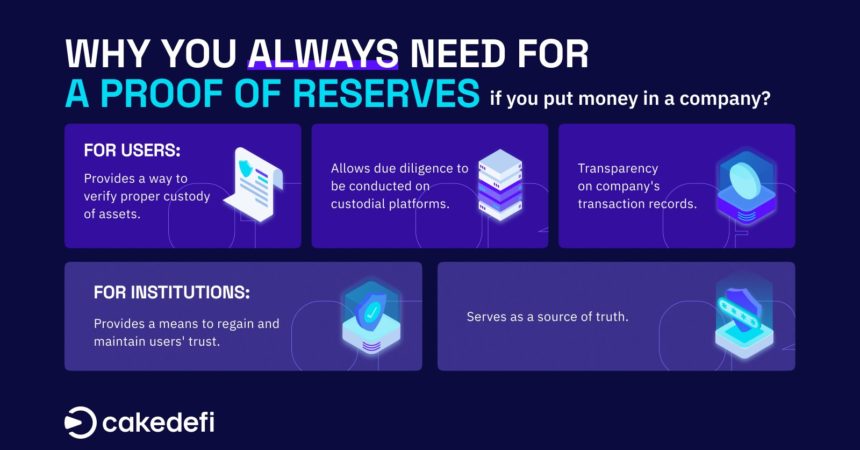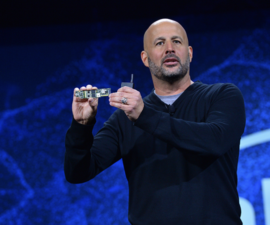Cake DeFi, a Singapore-based fintech firm, today announced the new feature of real-time proof of reserves based on the Merkle Tree method. The initiative seeks to promote transparency of client funds and will allow users to verify both their assets and the company’s liabilities on its website.
According to Cake DeFi, users can access real-time data and see how yields are generated.
The Merkle trees can be accessed by users with their personal hash IDs that the company generates based on the respective user IDs.
“Since Cake DeFi is CeDeFi and 99% of all customer funds are in blockchain services completely transparently visible and trackable, we have compiled all fund proofs here. Exchanges cannot do that, since 99% of customer funds, there, are simply being idle while being traded,” said Dr. Julian Hosp, CEO of Cake DeFi in a tweet.
Prior to the announcement, the company had been positioning itself as a CeDeFi platform that would enable users to verify wallet addresses, smart contracts and other on-chain data. As opposed to centralized exchanges, Cake DeFi uses DeFi algorithms to keep funds transparent and offers users access to liquidity mining tools, lending protocols and other DeFi products. However, contrary to self-custodial DeFi protocols, the company acts as the custodian of customer assets as it maintains possession and control of users’ private keys.
The recent proof of reserves movement began shortly after the fall of FTX, which has alerted the crypto community to the danger of centralized exchanges and potential liquidity issues.
In an effort to reassure customers and restore confidence, major crypto exchanges have been increasingly resorting to cryptographic proofs to prove their on-chain funds. Binance, OKX, Kucoin, Crypto.com and Bitfinex have all offered up their reserves for public viewing.Although these statements are offered periodically and only reflect historical data.
It is worth noting that Mazars, the auditing firm that works with Binance and others on their proof of reserves reports, has paused their work on the basis that these reports do not constitute either an assurance or an audit opinion as they only report limited findings based on the agreed audit procedures and timeframe.
“This is due to concerns regarding the way these reports are understood by the public,” the company said.
While it remains a question whether these Proof of Reserves audits conducted by traditional audit firms can sufficiently evaluate a CEX’s overall financial health, some of them did help to expose red flags in relation to corporate structure, Bitcoin reserves and liabilities, as in the case of Binance.
In an interview with CNBC, Zhao said, “There are a few audit firms that audited FTX and they got burned because they gave the stamp of approval, and I don’t know how they did the audits.” He noted that they don’t know how to audit user assets, or different blockchains.
Although proof of reserves is predominantly used in centralized finance, it is now gaining a place in the world of decentralized finance too, where data in is inherently viewable on-chain. Companies such as Chainlink are exploring the potential of proof-of-reserve products in other manners, such as its ability to protect bridged assets through automatic detection of security issues.









